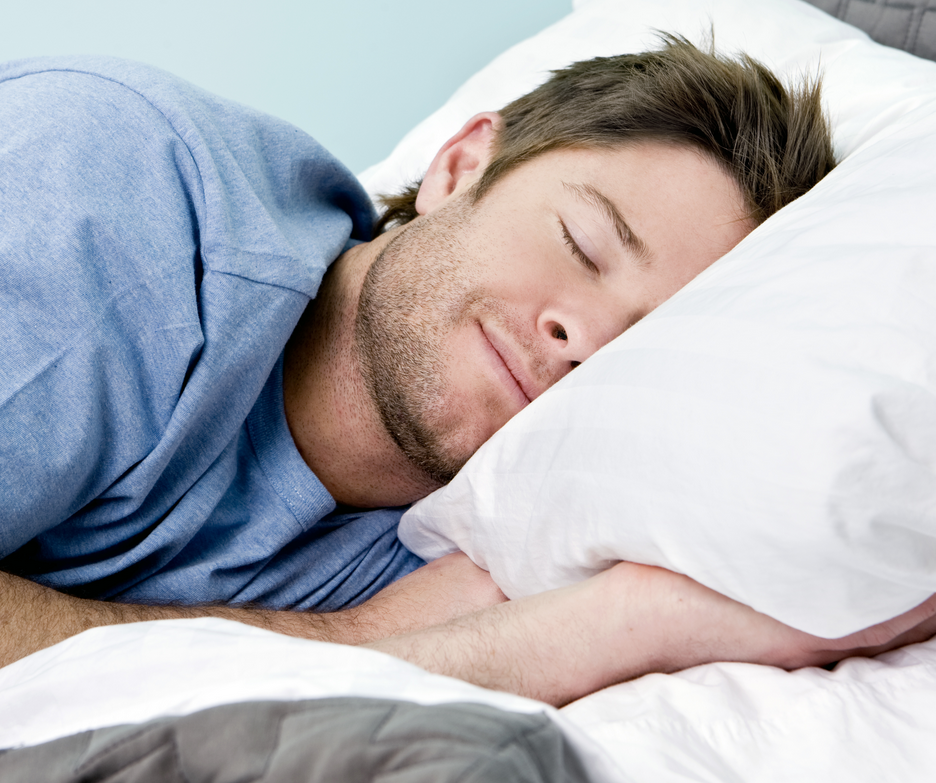When we think about improving our sporting performance traditionally we have considered fitness, strength and nutrition but rarely have we paid much attention to our sleep. Until now. Sleep fitness is rapidly becoming one of the hot topics in high level sports performance with the likes of Manchester United and Team Sky even having their own sleep coach!
Getting enough good quality sleep is crucial for athletic performance. When we sleep, our bodies repair themselves as they take time to recover well from sporting activities. Studies show that good sleep can improve speed, accuracy, and reaction time in athletes. Getting enough sleep takes commitment, just like training, so here are our tips to help you:
3 Sleep Tips for Improved Sporting Performance
1. Get on a sleeping schedule
Routine is vital so get into the habit of going to bed and waking up at the same time every day. This helps to regulate your body clock and can help you fall asleep and stay asleep for the night. Before that you should practice a bedtime ritual to wind down. At least an hour before you go to bed, dim the lights and switch off all TV’s, computers and mobile devices. This is a great time to do a stretch, use your foam roller, do a calming yoga routine or have a detox bath.
For the average adult the National Sleep Foundation recommends 7-9 hours. Sleep coach Nick Littlehales says everyone has different physical and mental recovery times but for elite athletes, five 90-minute sleep cycles a day are optimal, no matter what order they are in. But like nutrition, sleep needs are unique to the individual. Lifestyle and activity levels play a huge factor, the harder you live, the more sleep you need so take time to figure out your own personal sweet spot.
2. Design a sleep friendly bedroom
Take the time to design a sleep-friendly bedroom environment. Quiet, comfy, blacked-out, cool and uncluttered are the key words here. The National Sleep Foundation has compiled six easy-to-accomplish and cost-free tips to help ensure that your bedroom environment is ideal for sleep (see diagram below) and if you want to get even more geeky about it they have created a separate website on how to use your senses to create the best environment for sleep.
3. Things to avoid for healthy sleep
We’ve already talked about turning off computers and mobile devices before bed. Alcohol and caffeine can also disrupt sleep as can eating meals for 2-3 hours before bed. If you have trouble sleeping, try to avoid naps, especially in the afternoon. Don’t exercise too close to bedtime as it can elevate your body temperature and leave you too wired to fall asleep.
Want more doze inducing advice? Check out these healthy sleep tips from the National Sleep Foundation and Sleep.org to learn how you can start improving your sleep today.
- Why we injure ourselves skiing and how to avoid the dangers - November 15, 2016
- 5 ways to become a stronger skier - November 1, 2016
- Improve your cycling performance by knowing the science - July 18, 2016

